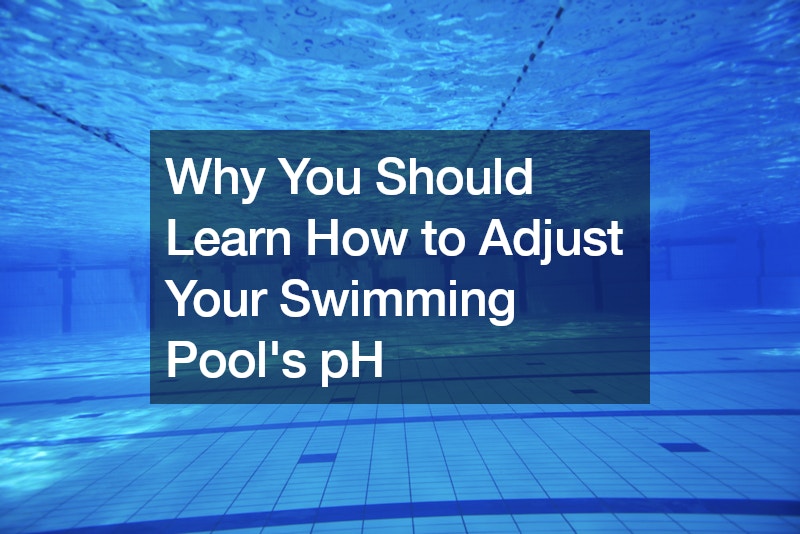
Maintaining a swimming pool can be a rewarding yet challenging task. One crucial aspect of pool maintenance is ensuring the proper pH balance of the water. Learning how to adjust swimming pool pH is essential for several reasons, including swimmer comfort, equipment longevity, and overall water quality.
Ensuring Swimmer Comfort and Safety
The pH level of your swimming pool water directly affects the comfort and safety of swimmers.
A pH level that is too high (alkaline) or too low (acidic) can cause skin irritation, eye discomfort, and exacerbate conditions like eczema. The ideal pH range for a swimming pool is between 7.2 and 7.8, which is close to the pH of human tears. Keeping the pH within this range ensures that swimmers can enjoy the pool without experiencing discomfort or irritation.
Protecting Pool Equipment and Surfaces
Another critical reason to adjust swimming pool pH is to protect the pool’s equipment and surfaces. If the water is too acidic, it can corrode metal components such as ladders, pumps, and heaters, leading to costly repairs and replacements. On the other hand, if the water is too alkaline, it can cause scaling on pool surfaces and equipment, reducing their efficiency and lifespan. Regularly monitoring and adjusting the pH helps to prevent these issues, saving you money and extending the life of your pool infrastructure.
Enhancing Water Quality and Clarity
Proper pH balance is also essential for maintaining the overall water quality and clarity of your swimming pool. When the pH is out of the ideal range, it can affect the effectiveness of chlorine and other sanitizers used to keep the water clean. Low pH levels increase chlorine consumption, while high pH levels reduce its efficacy. By keeping the pH balanced, you ensure that your sanitizers work effectively, keeping the water clear, clean, and safe for swimmers.
Simplifying Pool Maintenance
Learning how to adjust swimming pool pH can simplify your pool maintenance routine. With regular pH testing and adjustments, you can prevent more significant problems before they arise. This proactive approach saves time and effort in the long run, allowing you to enjoy your pool more and worry less about its upkeep.
In conclusion, knowing how to adjust swimming pool pH is a vital skill for any pool owner. It ensures swimmer comfort, protects equipment, enhances water quality, and simplifies maintenance. By keeping your pool’s pH in check, you create a safe and enjoyable environment for everyone to enjoy.
.





